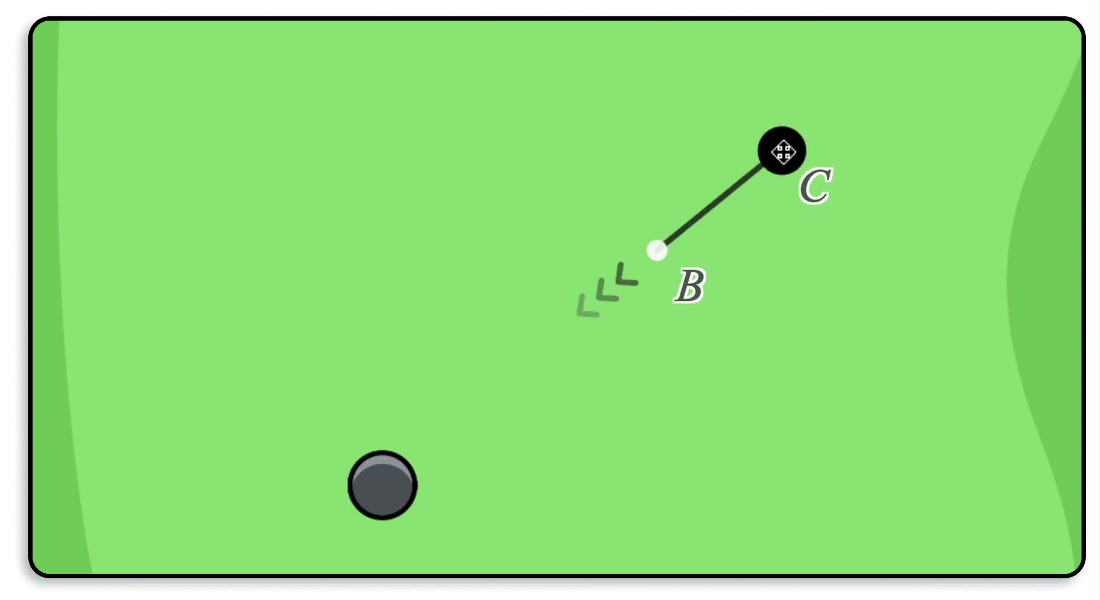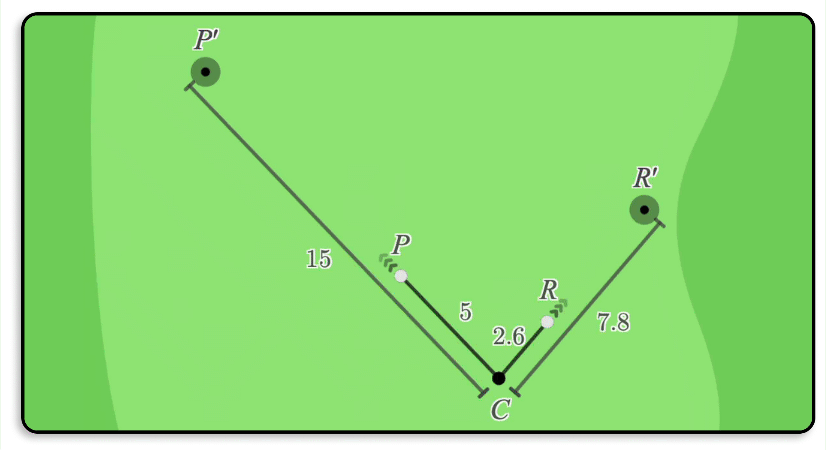Hi {{custom.firstName}},
Congratulations on wrapping up Unit 1! Put that experience in the rear-view mirror by offering feedback on the whole unit. It’ll make the lessons better for you next time, and it’ll drop a few tickets with your name on it in a raffle for Desmos merch.
Invite. Celebrate. Develop.
Teachers have told us that a student’s success in these lessons depends on the teacher’s success with lots of different teaching moves, but three in particular:
- Inviting student thinking.
- Celebrating student thinking.
- Developing student thinking.
One of the biggest challenges our team of former teachers ever undertook is inviting students who dislike math to share their mathematical thinking.
So throughout this unit, we’ll share with you the most helpful ideas we’ve learned for inviting student thinking in this program, in the hopes that they're helpful for you as well.
Start with the question, not the answer.
Consider sharing a lesson’s learning goal after students have experienced the lesson’s mathematical question, not before. When students hear a learning goal like,
"Identify the center and scale factor used in a dilation,"
they are hearing the answer to a question they haven’t yet wondered, an answer which may lack connections to any of their previous concrete experience.
The teachers in this program have found it more effective, in many cases, to start with a question for which that learning goal is the answer. Oftentimes, questions are more memorable than their answers.

What does it look like in Dilation Mini Golf?
You could start the lesson by telling students that today they’ll “identify the center and scale factor used in a dilation.” But because students haven’t had many concrete experiences with those words, they’re unlikely to understand them, and it’s unlikely to give purpose to their work.
Instead, consider starting with a question.
On practically every screen in this activity, we’ll be wondering, "How can I get the golf ball in the golf hole?"
Questions like that—short and grounded in a concrete context—are likely to invite more thinking from your students than hearing an answer. They’re also useful preparation for the moment when the golf course melts away, and we’re left with points on a plane.

That’s when we hope you’ll bring back the learning goal, which students can now connect to the concrete experiences they’ve had throughout the activity.
Enjoy some math!
Dan & the Desmos Classroom Team
PS. Please give us feedback on the last lesson.
Use the feedback form or just click your answer below then click "Submit" on the form!
How likely is it that you would recommend this lesson to a friend or colleague?
{{custom.npsHTML}}
Great advice from other teachers.
Springfield, MO
Make sure to practice dilation yourself before you present to students.
Oakland, CA
Give extra time for the cool-down because you'll want to go over it. Most classes were split about the answer being 3 or 4. I didn't leave enough time to highlight what students were thinking. It's fine to talk about it the next day, but talking about it in the same class period would have been more powerful.